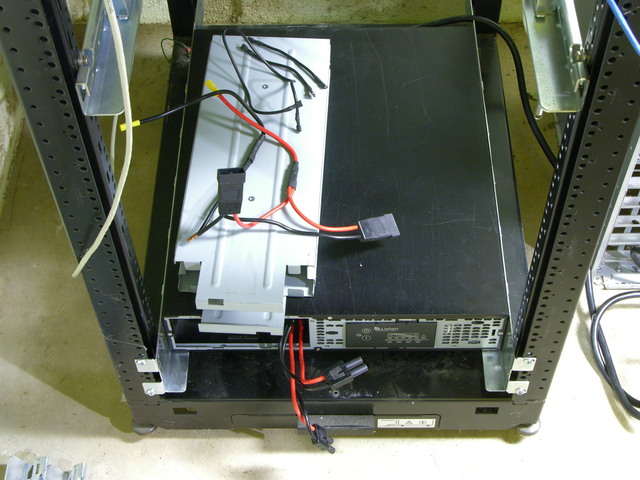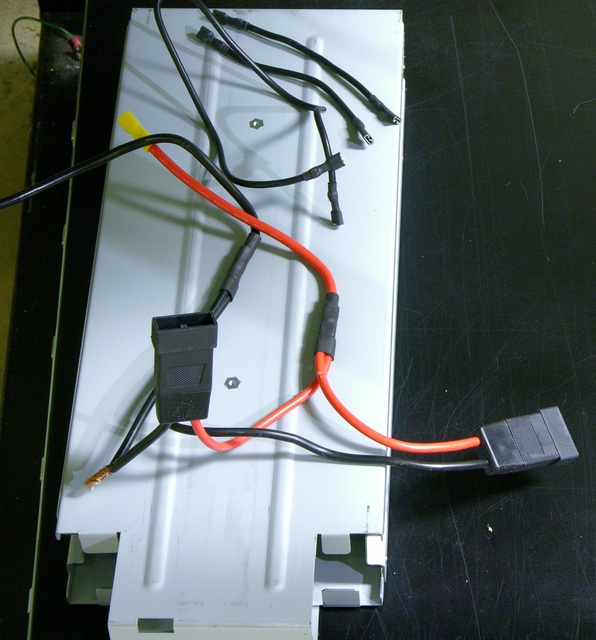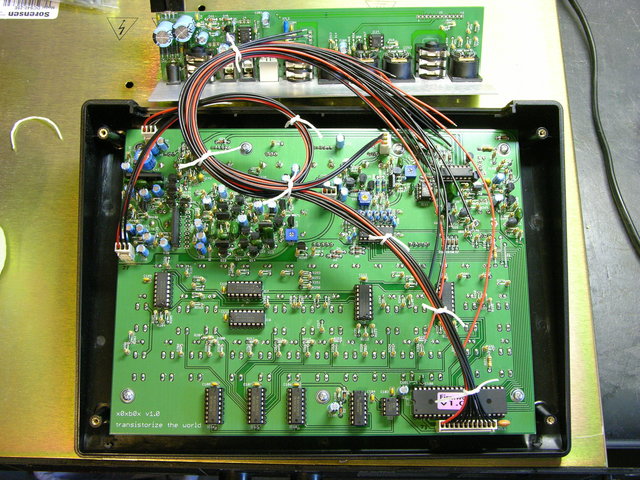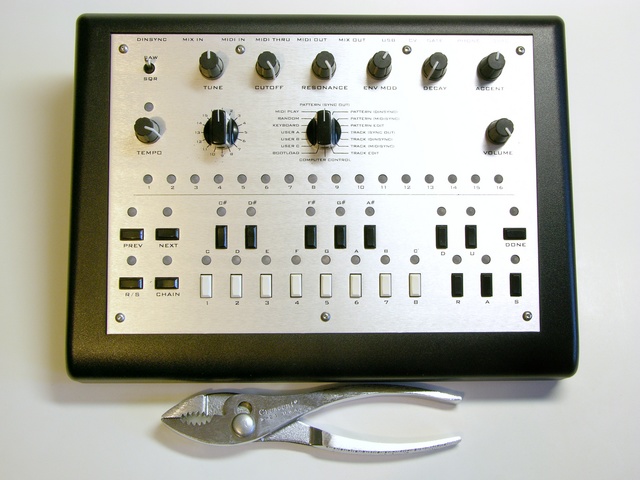I get very specific questions via my contact form, but also questions about more general issues that might be of interest to a larger audience. I’m going to start posting the latter category here.
PIC Programmer
Trey asks:
Do you have any recommendations regarding a Microchip programmer? There is the PicKit 2 and the Pickit 3. I have read that there are/were issues with the PicKit 3. I know you have used Microchip parts in your designs, but was wondering what your opinion was?
Trey, I’ve never used a PIC that wasn’t already preprogrammed with the LogoChip environment, so I have no experience with PIC programmers.
After reading through PIC and Atmel datasheets in considerable detail to access hardware features on both platforms, my opinion is that I’ll never use a PIC. That’s based on a couple dozen small things that I don’t even remember any more, but which added up to a pretty powerful opinion that Atmel builds a much better thought-out microcontroller that’s much easier to use.
But … that’s not the answer you were looking for. Readers with PIC experience, can you address Trey’s question? Please clearly phrase your responses as statements of opinion (like my opinion above, which is nothing more than an opinion) or as statements of fact with links to supporting information.
Oscilloscope
I am just now starting my journey into electronics and was wondering if you have any recommendations for any particular make/model of oscilloscope?
For someone starting in electronics, before an oscilloscope, I would recommend:
- A $3 multimeter. I’ve started buying a few of these whenever I go to Harbor Freight and find them on sale, and I give them away like candy. Ace Hardware also sometimes has cheap meters in the dump bin.
Is this as accurate as a Fluke? Of course not — but for basic electronics troubleshooting, this is more than adequate. The one useful function it lacks is a beeper for continuity testing — you do have to look up at the screen to read low resistance.
- A breadboard and some components with a list of projects to try. I’d suggest Adafruit’s $50 Arduino budget pack, $65 Arduino starter pack, or $85 Arduino experimentation kit. Even if you’re not that interested in embedded design, the Arduino is a great platform for trying things out and interfacing to the analog electronics, and the Adafruit kits provide a list of experiments to use as a starting point and get the ideas flowing.
But if you’re already doing PIC programming, you seem to be well past the resistors-and-LEDs stage. If you really need a way to visualize signals in order to progress, my oscilloscope recommendation would be whatever working scope you can get for the lowest price, making sure that you do end up with at least one probe (or find a cheap one on eBay).
I paid $25 for an old, used scope about 20 years ago and have only upgraded to a better scope in the last couple of years — which is 20 years old, which I got from a friend of a friend, and which I haven’t put on my bench and started using yet.
The two times I’ve used a different scope are when I found a cheap scope with X-Y inputs that I use for troubleshooting vector arcade game displays, and when I borrowed a digital Tek scope for doing some precise high-frequency measurements.
Granted, I don’t use my scope for calibrating circuits. If you need to do that, you need a better scope, and one that’s calibrated, and that’s going to cost real money. But if visualization is what you’re after, then the cheapest scope that works will do the job.



